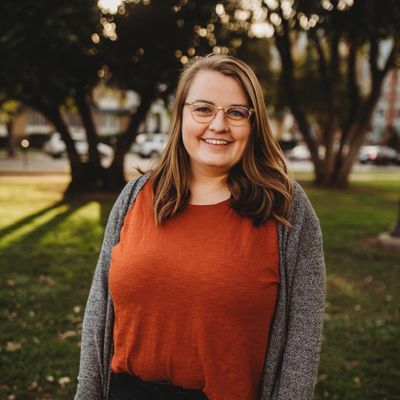As you read these words, I’ll be flying from Dulles International Airport to Tel Aviv, Israel, with a layover in Frankfurt, Germany. Soon, I’ll be on a bus up to Akko, where I’ll sleep in a dorm, shared by two other students, eat delicious Mediterranean cuisine for every meal, drink strong and sweet Turkish coffee in the predawn mist every morning at 4:30am, and listen to one fascinating lecture after another in the setting sun, end of day.
In between I will be gently and meticulously brushing ancient clay from artifacts last touched by someone two thousand years ago or more. Later, I will sift wet sand and rocks to find small fragments of bone and pottery, the detritus of antiquity. Together with other students, we will rinse outer layers of dirt from the lips of amphorae, seeking inscriptions, engravings, perhaps the remnants of paint, or a faint thumbprint.
No doubt this 58-year-old body will fall aching and exhausted into bed each night, asleep before the lights are out, and groan as the alarm rings all too early the next morning. But inside, in my perennially 20-year-old heart and mind, I will be on fire with a five-alarm passion for discovery. “Wouldn’t it be grand,” my inner self thrills, “If I could read an ancient legend with my newly learned koine Greek!”
For the next four weeks, I’ll be joining the crew of the Tel Akko Excavation, led by
Ann E. Killebrew, Associate Professor in the Classics and Ancient Mediterranean Studies Department, Jewish Studies program and Anthropology Department at Penn State University. She has been actively involved in fieldwork for the past 25 years and has excavated at many sites including Tel Akko, Megiddo, Qasrin, Beth Shean, Miqne-Ekron and Jericho.
Michal Artzy, Professor Emeritus and Director of the Institute for Maritime Studies at the University of Haifa. She is one of the leading researchers in coastal archaeology and the archaeology of trade in the eastern Mediterranean and has excavated at many sites around Carmel, Akko and the coast of Israel.
From Biblical Archaeology Society,
Located on the Mediterranean Sea at the only natural harbor in the region, the UNESCO World Heritage site of Acre/Akko is the focus of this unique and cutting-edge archaeological project and field school that combines excavation, survey, geographic information systems (GIS), conservation, heritage studies and public archaeology. Throughout its history, Akko has served as a major trade emporium. Bronze and Iron Age Akko appears prominently in ancient Egyptian, Ugaritic, Assyrian, Greek and Biblical documents. Excavations on Tel Akko, the 22 hectare mound located on the edge of the modern city of Akko, have uncovered remains of Canaanite, Sea Peoples, Phoenician, Assyrian, Persian and Greek culture.
The goals of the 2019 project are (1) to continue excavation of Akko’s Phoenician city, investigating the impact of Assyrian imperialism there, (2) to continue the intensive survey of Tel Akko, especially on the southwest side of the mound where the Bronze and Iron Age harbor of ancient Akko is proposed to have been located, and (3) to continue a unique program of community engagement that embeds the study of ancient Akko within the goals of the contemporary communities of the city.
For more information read the following articles from Biblical Archaeology Society and Biblical Archaeology Review
To keep updated, along with this daily blog, visit the Tel Akko website and Tel Akko Facebook Page
[My husband David and me at the Tel Kabri excavation a few summers ago]
